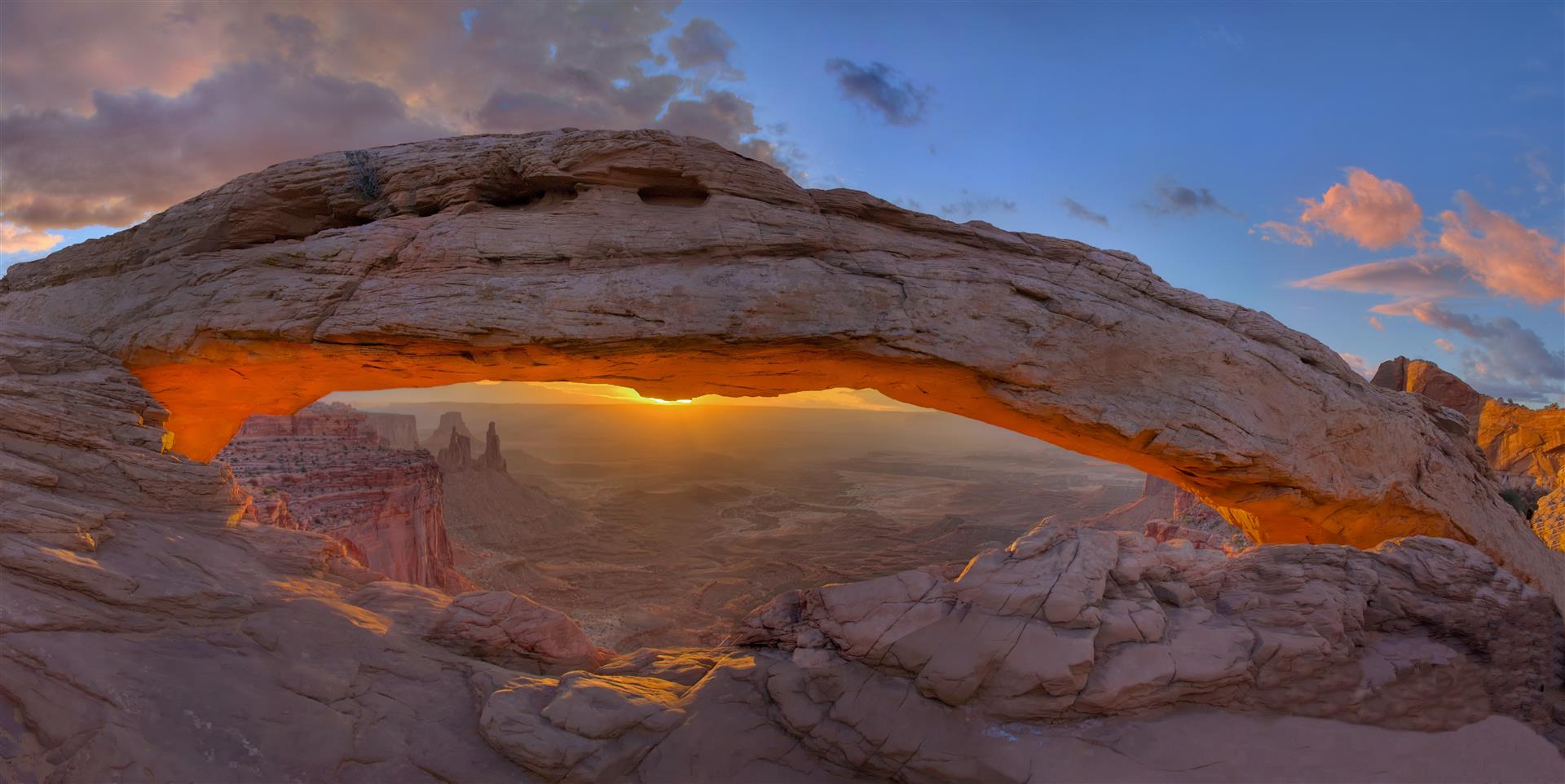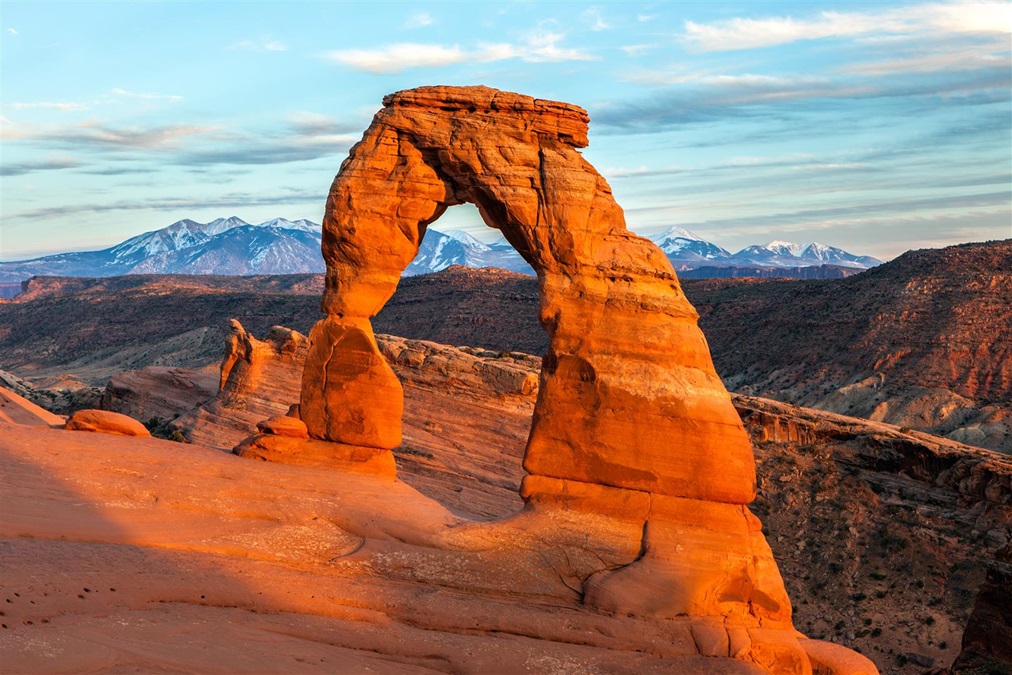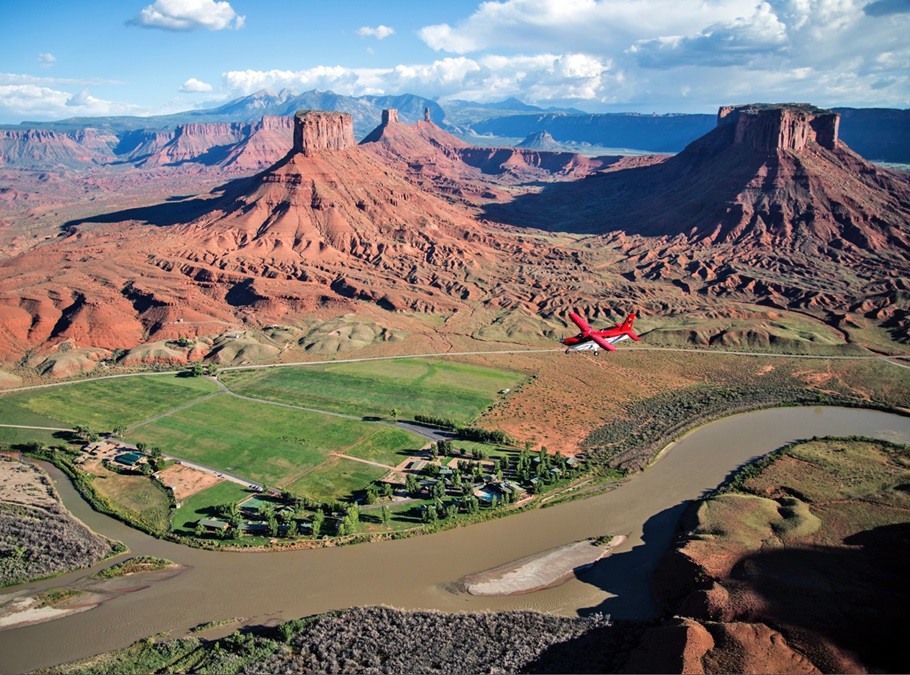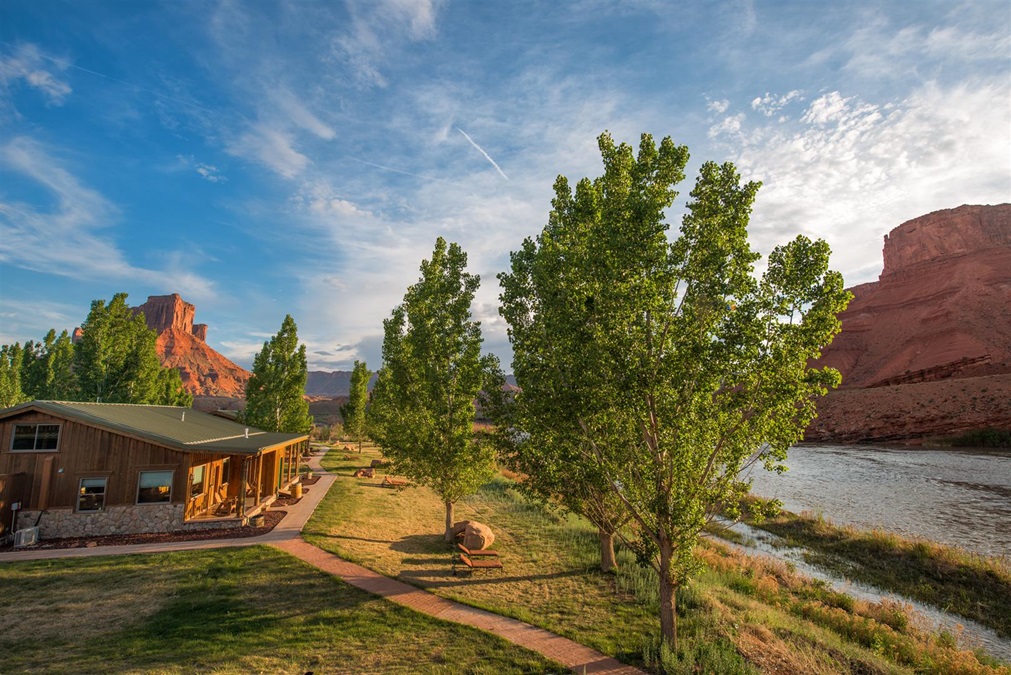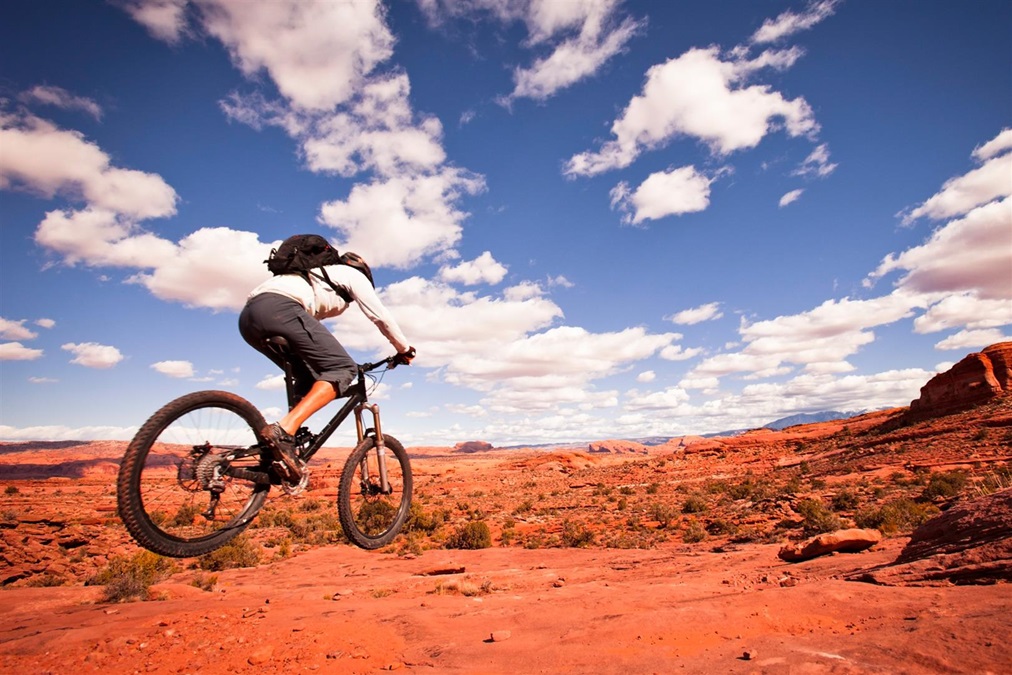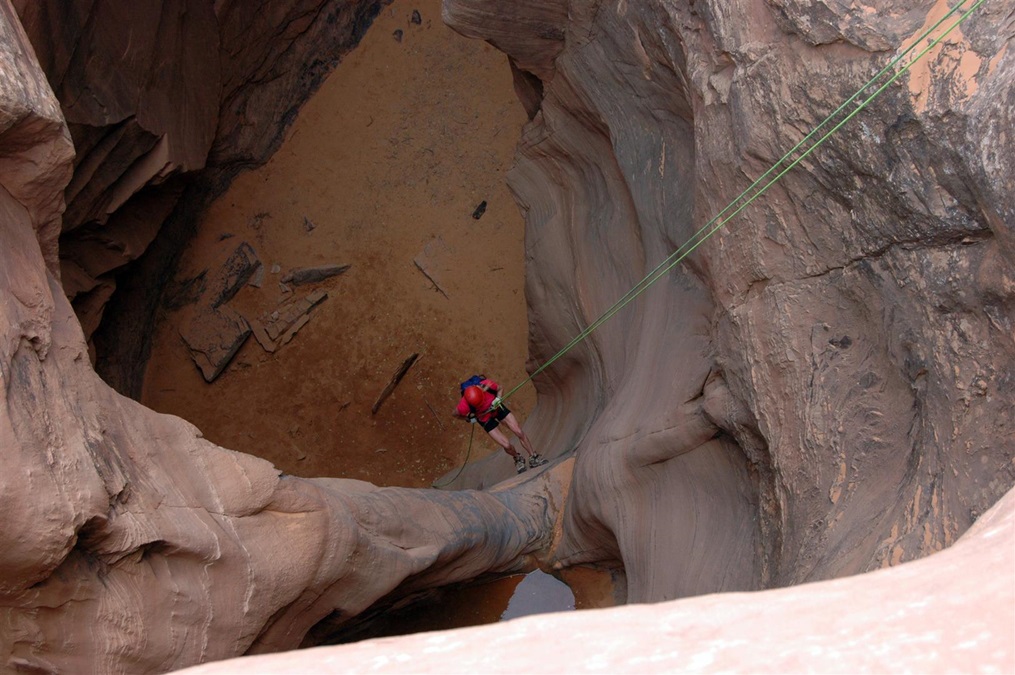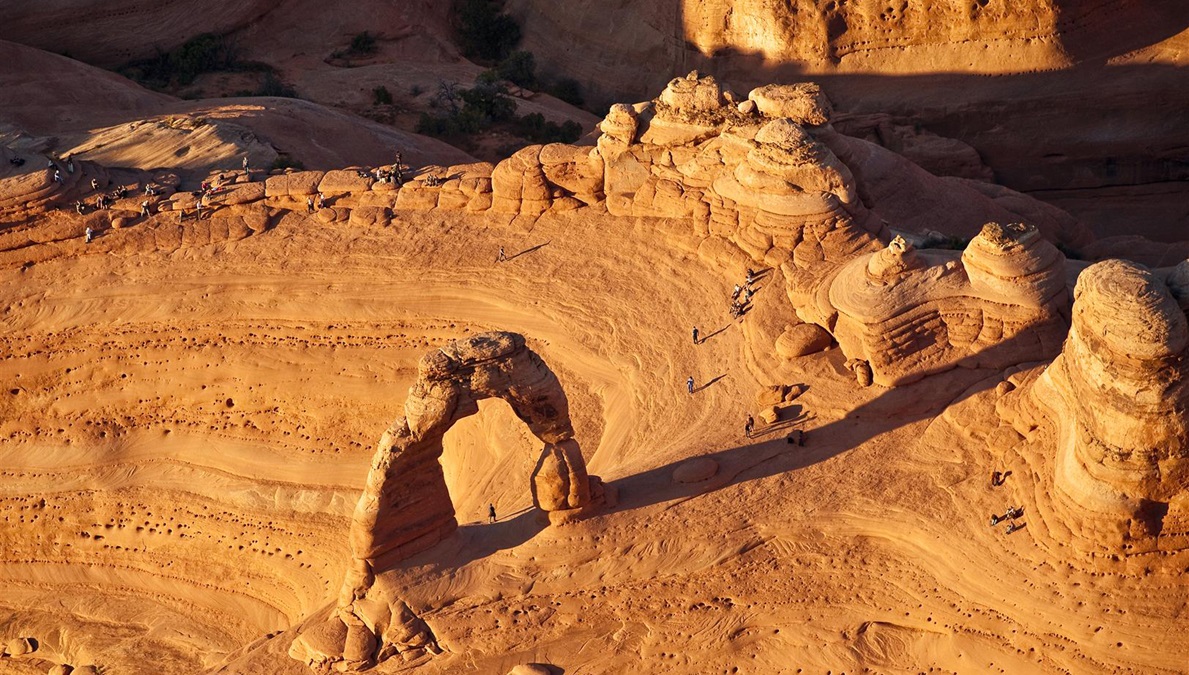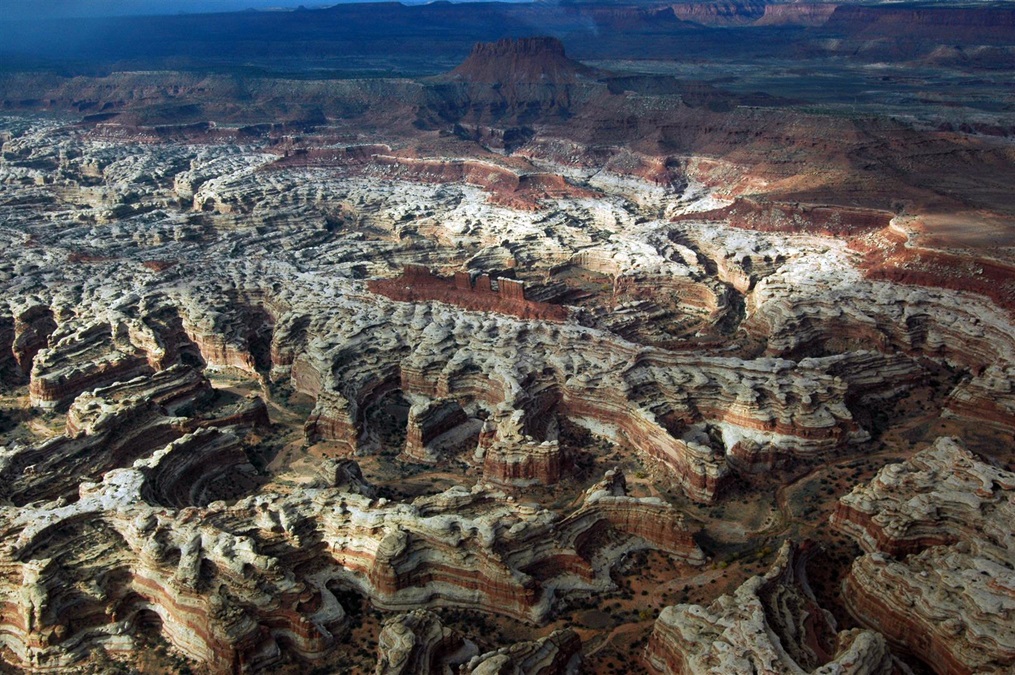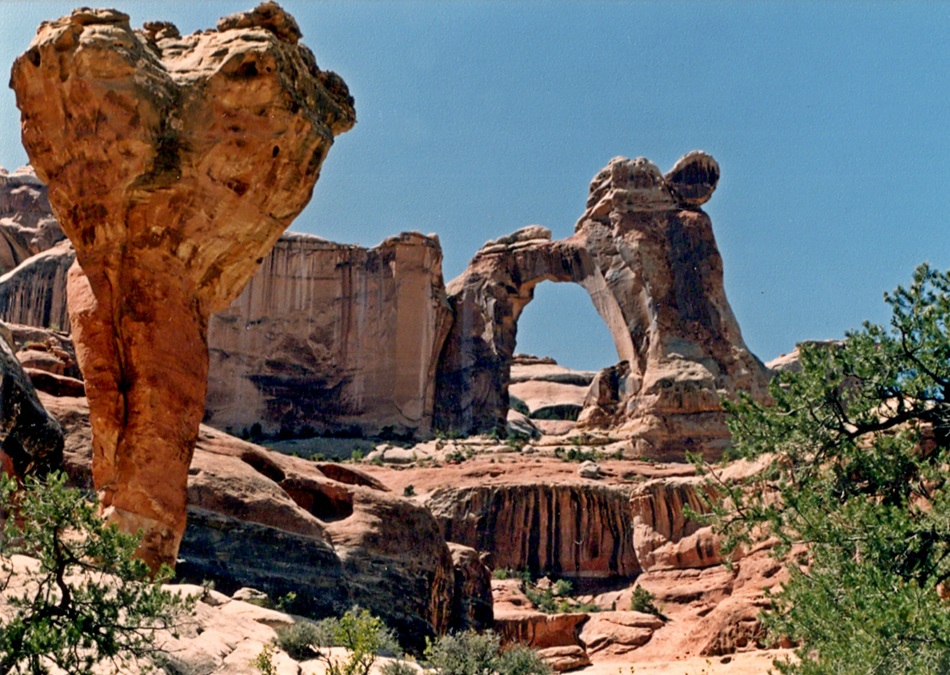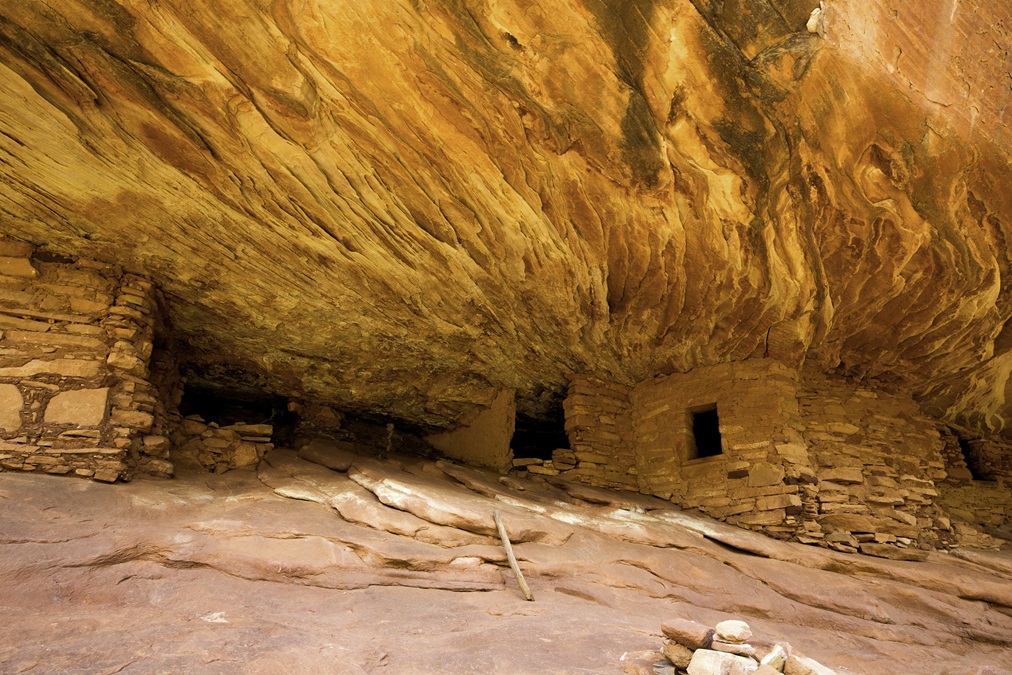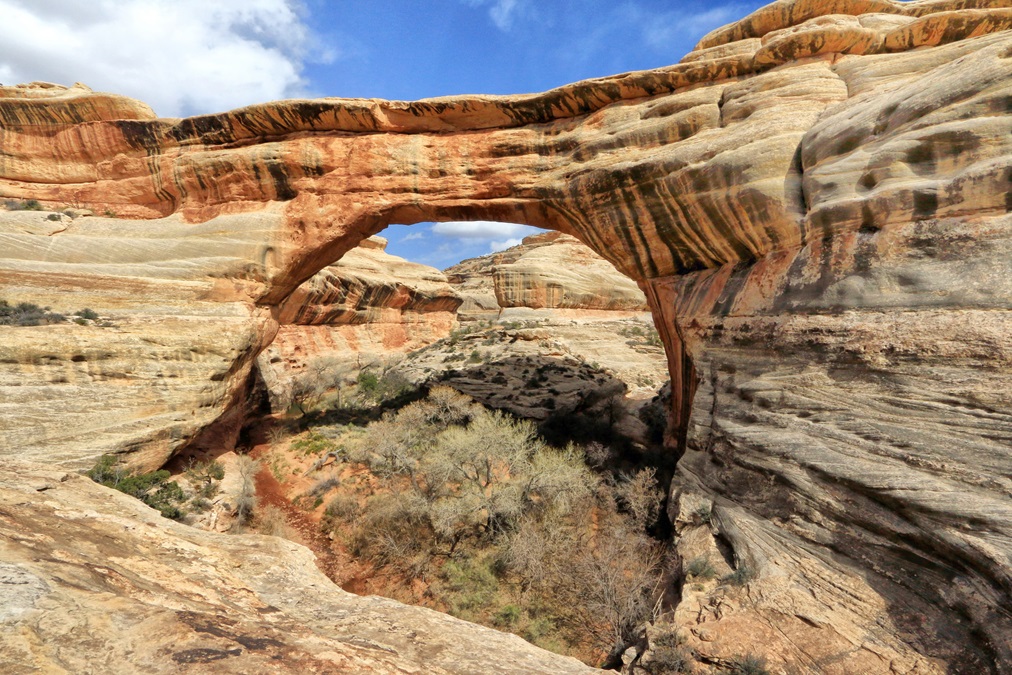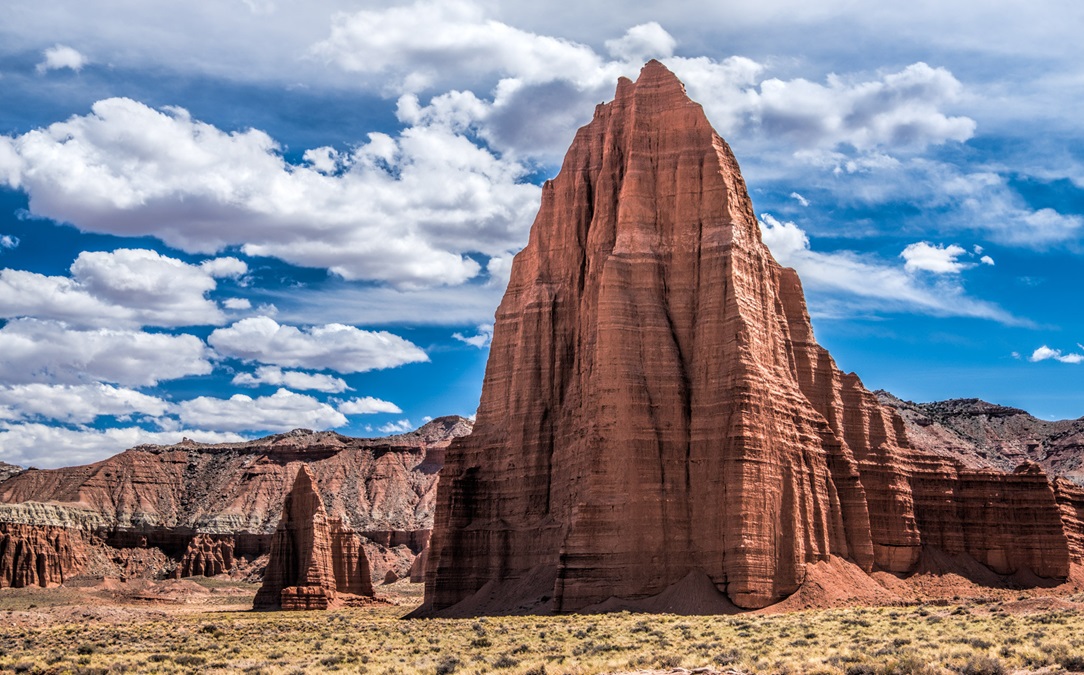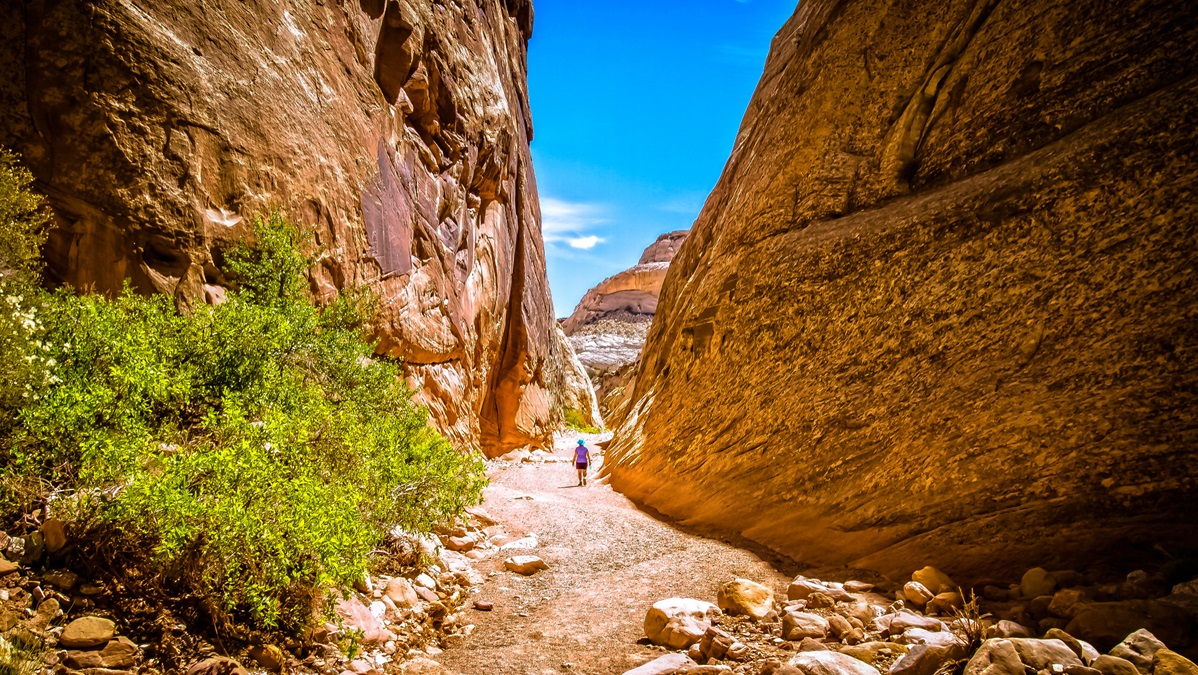Fly to the National Parks in southeastern Utah
Some of the world’s most amazing geology is preserved in these parks, along with human history, both ancient and recent. Visit any time except summer, when everyone else does.
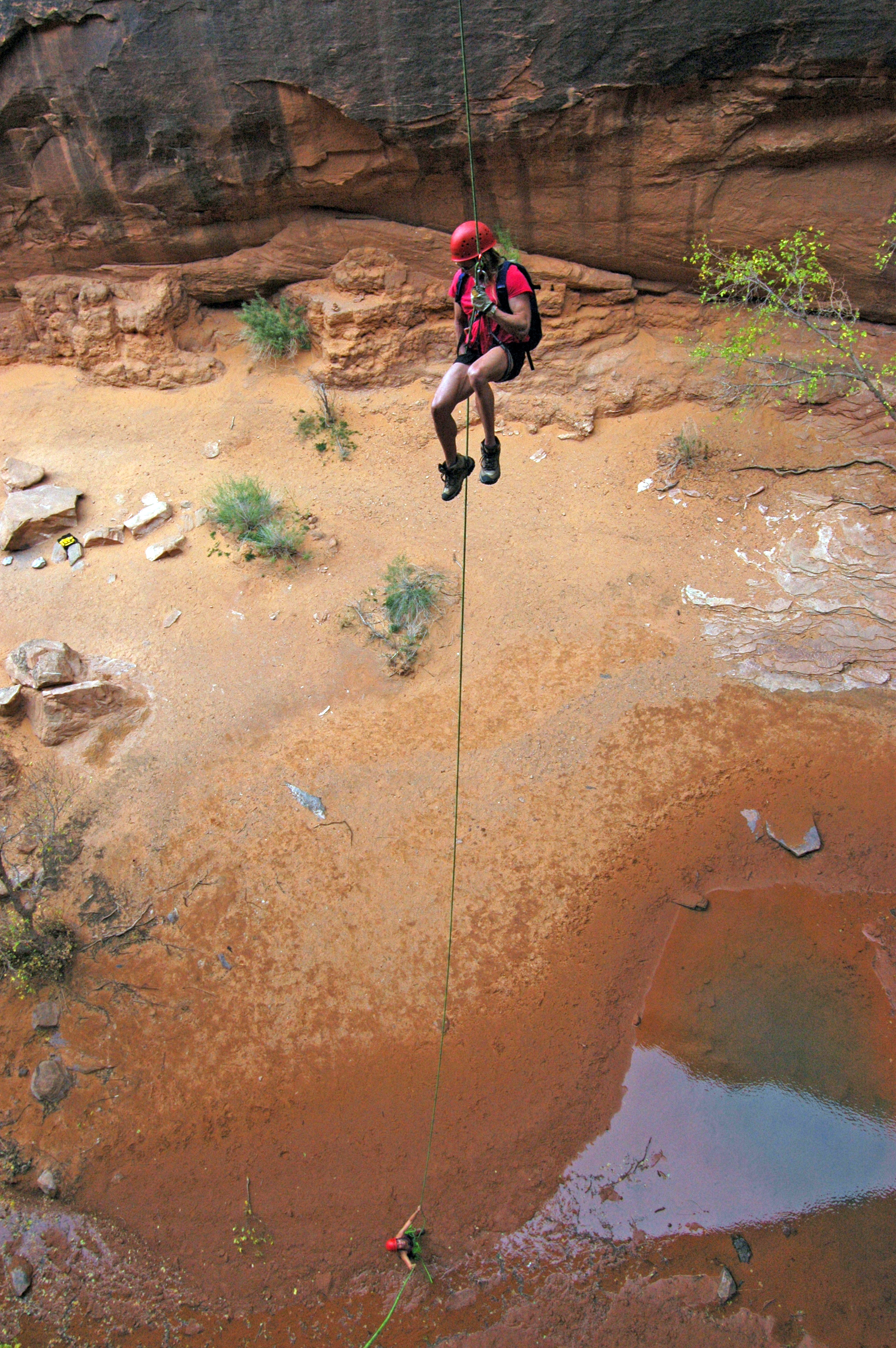
Canyonlands National Park: A visit to Canyonlands also begins at Canyonlands Field Airport, but don’t miss some of the world’s most fascinating flightseeing, which can be had over this park and adjacent Arches. Flying northeast from Lake Powell, follow the Colorado River to its confluence with the Green River and see how their waters, green and brown, run side by side before mixing downstream. Just west of the confluence lies The Maze, a remote and incredible area of red-and-white candy-striped rock formations. East of the confluence is the Needles District, with more towering sandstone formations and numerous arches that you may spot from the air if you’re lucky. North of the confluence is the Islands in the Sky District, with high, flat plateaus that look like smaller versions of the Grand Canyon. On the ground, exploration of this park beyond the Islands in the Sky District requires effort, but your reward is an endlessly fascinating assemblage of geological features.
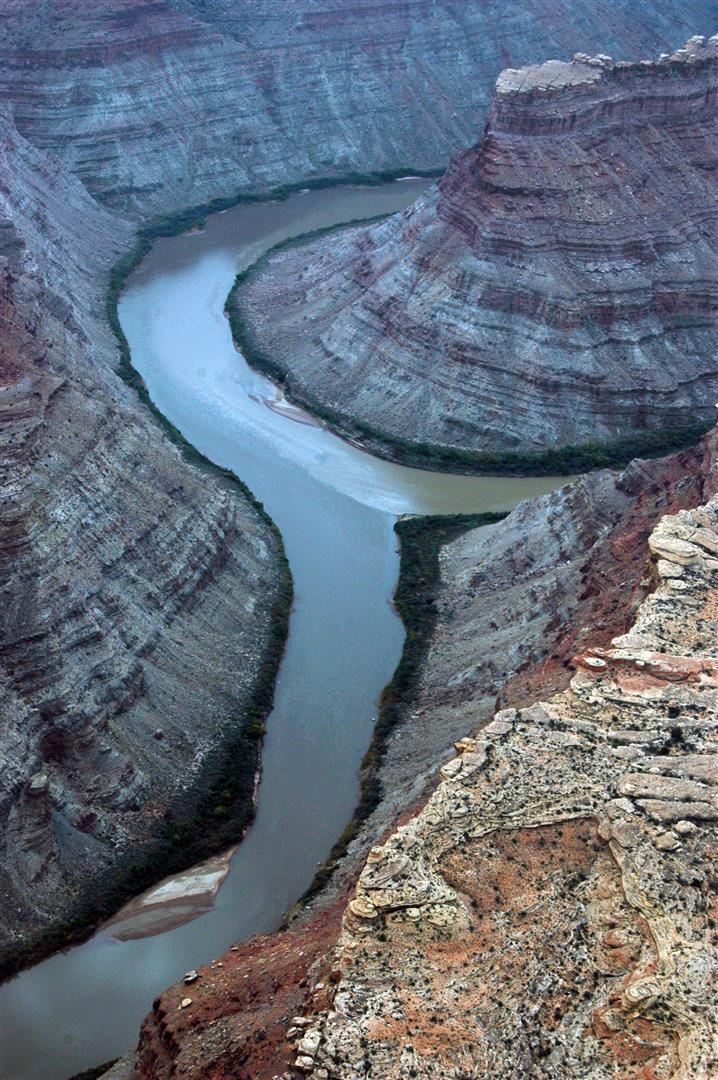
Bears Ears National Monument: Established in December of 2016, Bears Ears is our newest national monument and is managed jointly by the U.S. Forest Service and the BLM, with input from local tribes, whose members have lived in the area for millennia. Land at Blanding and rent a Jeep to explore the area, which includes Cedar Mesa, Grand Gulch, Comb Ridge, the Bears Ears buttes, and Natural Bridges (below). Hikers and backpackers will find remote archaeological sites that include ruins with pottery shards and arrowheads scattered across the ground (do not remove them!), petroglyphs, pictographs, and remote desert intersected by lush riparian-area streams. A drive down the Moki Dugway to Muley Point offers thrills and an amazing view of the San Juan River far below.
Natural Bridges National Monument: One of our earliest national monuments, Natural Bridges was designated by President Theodore Roosevelt in 1908. Three large, named natural bridges are accessible via short hikes. A natural bridge is formed when water from a stream undercuts a rock wall. This monument was the first International Dark Sky Park certified by the International Dark-Sky Association. See the Milky Way rise over Owachomo Bridge, just as the Ancestral Puebloans who lived here did 800 years ago.
Capitol Reef National Park: If you’ve flown over much of southern Utah, you’ve noticed several long, north-south running monoclines, where the earth has been pushed up, including Comb Ridge near Bluff, the Cockscomb inside Grand Staircase-Escalante National Monument, the Kaiparowits Plateau north of Navajo Mountain and Lake Powell, and the Waterpocket Fold, between the Boulder and Henry mountains. Little-visited Capitol Reef encompasses the Waterpocket Fold and can be accessed from Hanksville. A hiker’s dream, the park is filled with interesting geology and over 2,700 fruit trees planted by Mormon pioneers. Other than the orchards, there’s no dining or lodging in the park besides camping, but exceptional dining can be had west of the park in Torrey. Exceptional accommodations are available in Teasdale, with more in Torrey.
